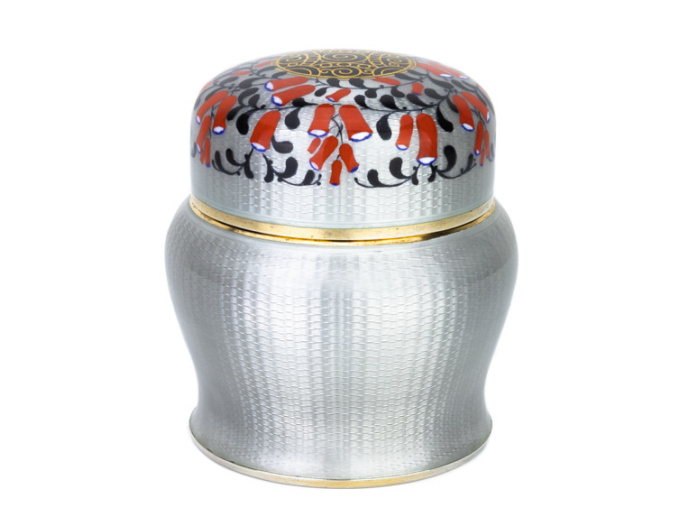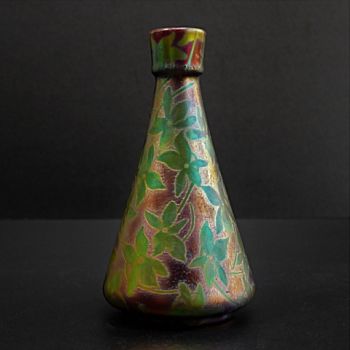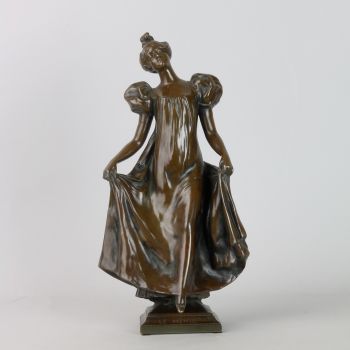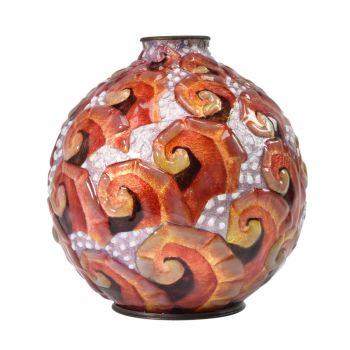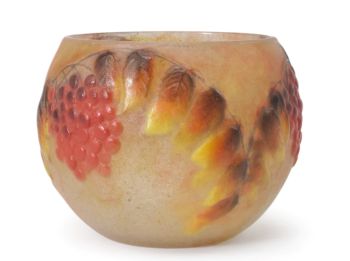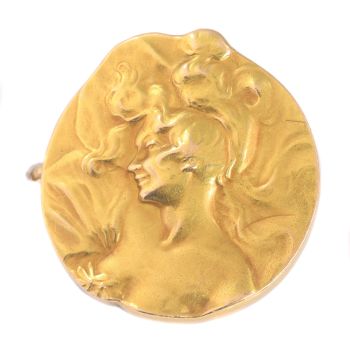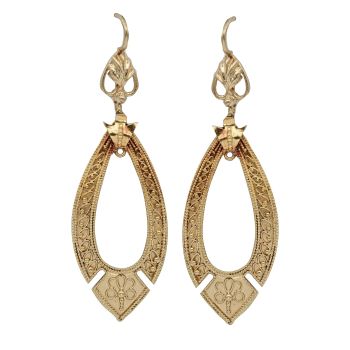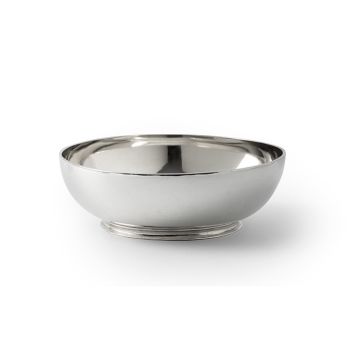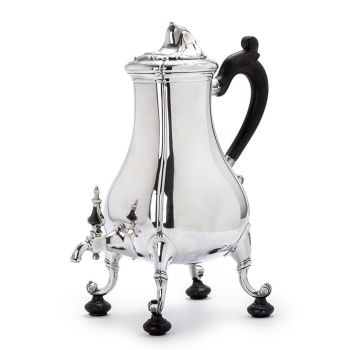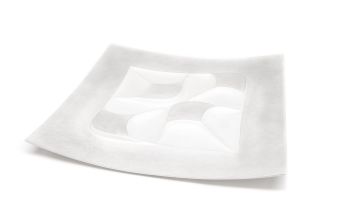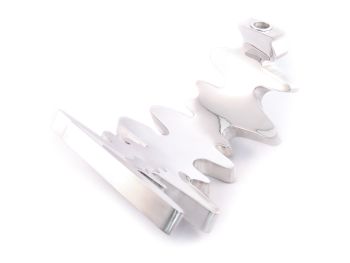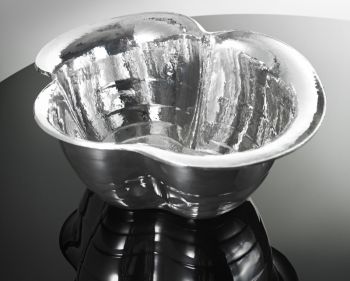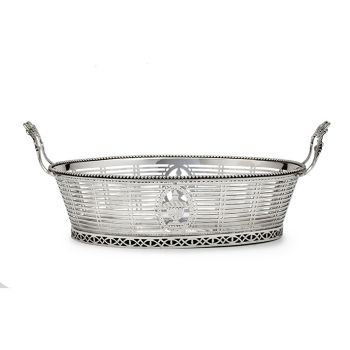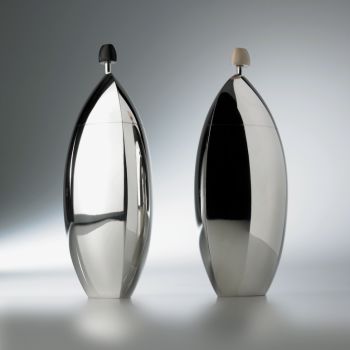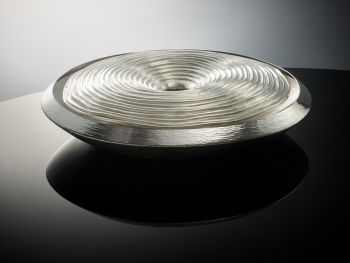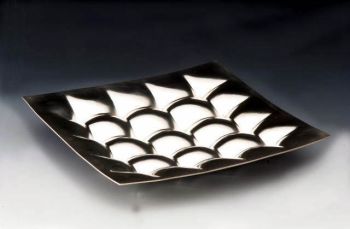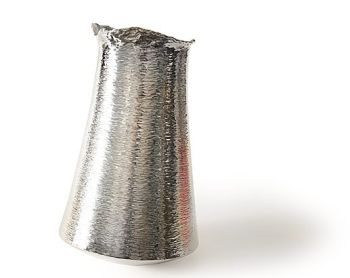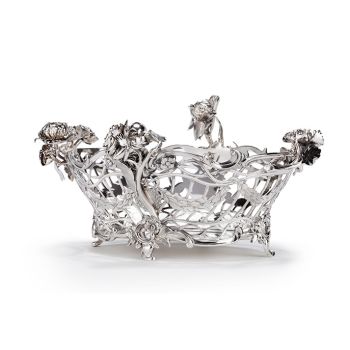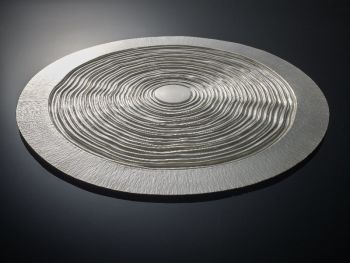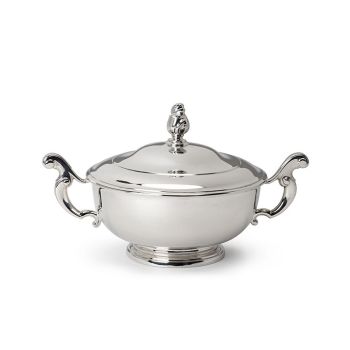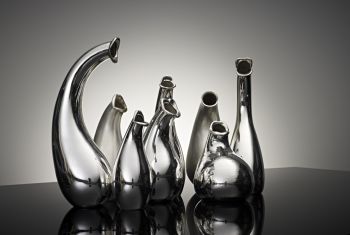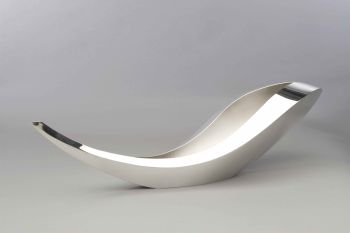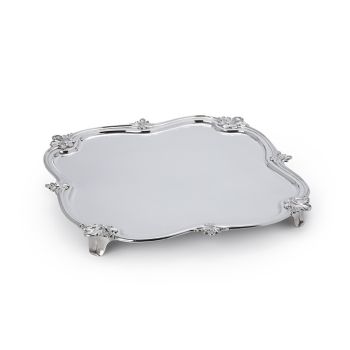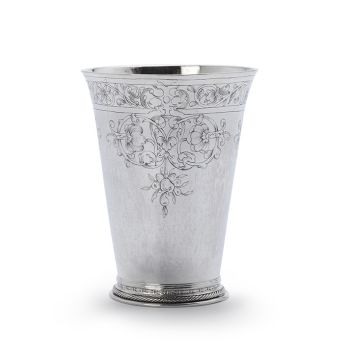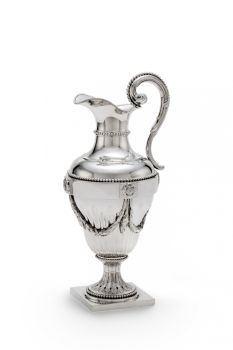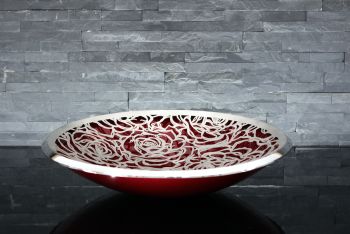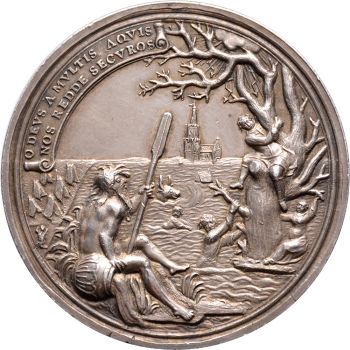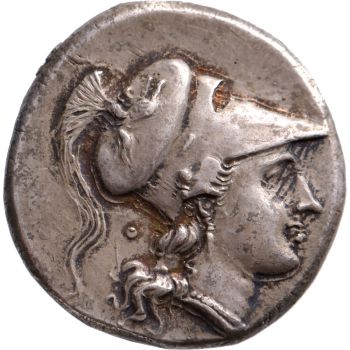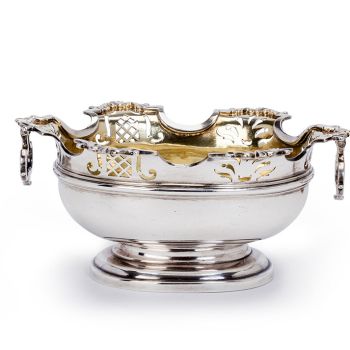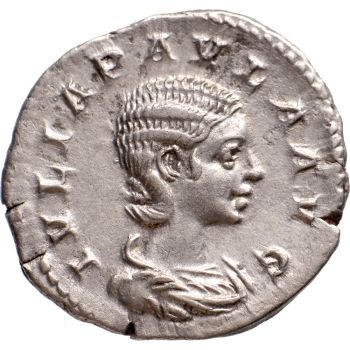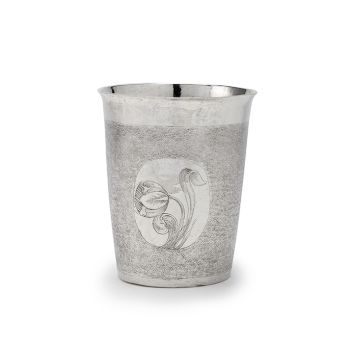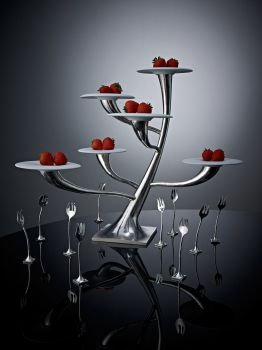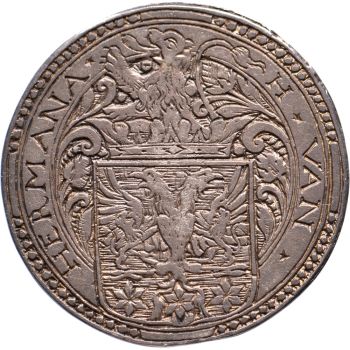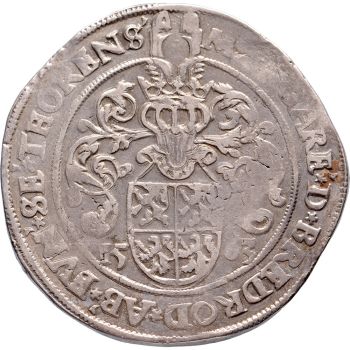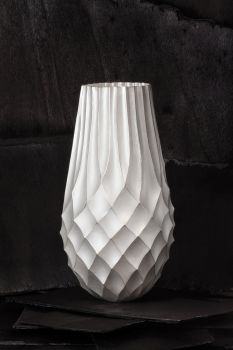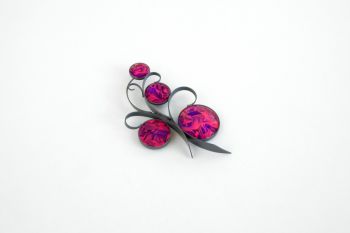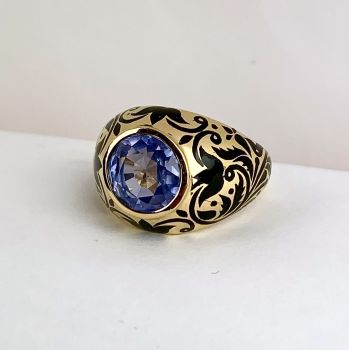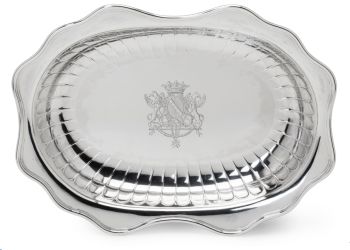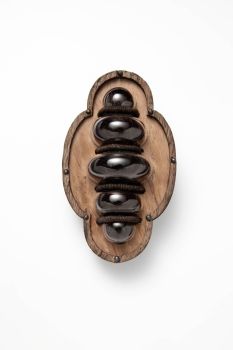Norway- Jugendstil enamel sterling silver cigarette box 1900 - 1915
David Andersen
PrataEsmalte
9.50 cm, ø 9 cm
ConditionExcellent
Atualmente indisponível via Gallerease
- Sobre arteEarly 20th century sterling silver cigarette box manufactured by David Andersen, Norway. The box has an silver and gilded insert to separate the content. The lid of the box is very nicely decorated in black, red and blue with bell-shaped flowers and leaves. The center of the lid has a symmetrical decoration in gold. The box is completely gilded on the inside, of which the gilding is slightly jaded at the bottom edge.
The box and the insert are marked with:
– 925 / Sterling silver
– S / Used for enamelled articles for export
– Maker's mark / David Andersen (1888 – 1925) - Sobre artista
David Andersen (25 de maio de 1843 - 3 de agosto de 1901) foi um ourives norueguês.
Ele nasceu em Østre Toten (em Innlandet) para Anders Svendsen e Anne Margrethe Gulbrandsdatter, e foi o pai do ourives Arthur David-Andersen.
A partir de 1859 foi aprendiz do joalheiro Jacob Tostrup em Christiania (agora Oslo). Passou várias temporadas no exterior, em Berlim, Estocolmo, Paris e Londres. Durante sua estada em Londres, ele também importou obras de filigrana norueguesas para o Reino Unido.
Ele estabeleceu sua própria oficina de ourives em Christiania 1876, que acabou se tornando uma empresa líder na indústria de ourivesaria na Noruega.
Uma parte significativa de suas obras de filigrana foi exportada para a Grã-Bretanha. Em 1899, sua empresa empregava 92 homens e 29 mulheres.
Artwork details
Related artworks
- 1 - 4 / 24
- 1 - 4 / 24
Artista Desconhecido
Taça de prata holandesa do século 171653 - 1677
Preço em pedidoJacob J. Roosjen SRI
1 - 4 / 24

